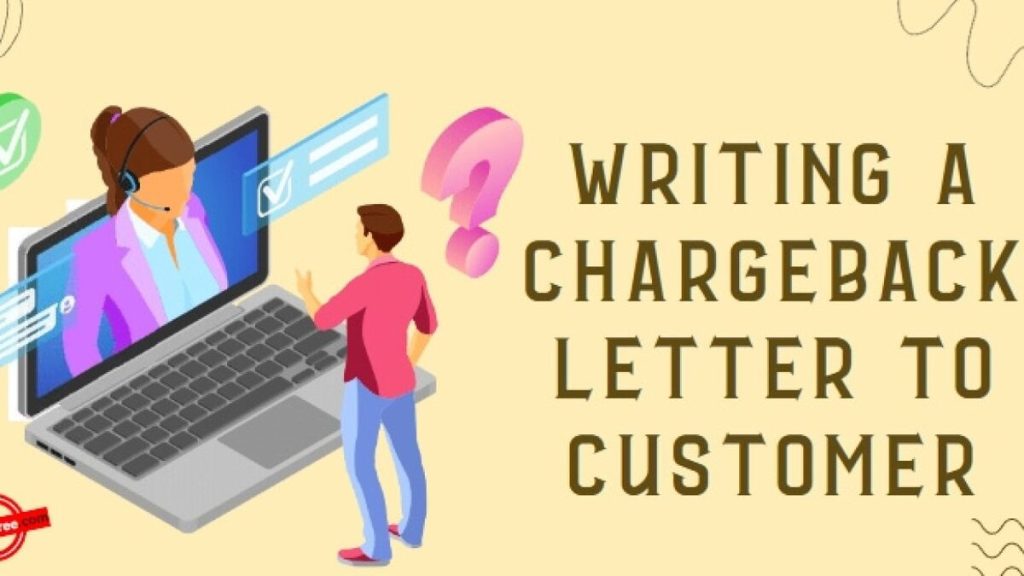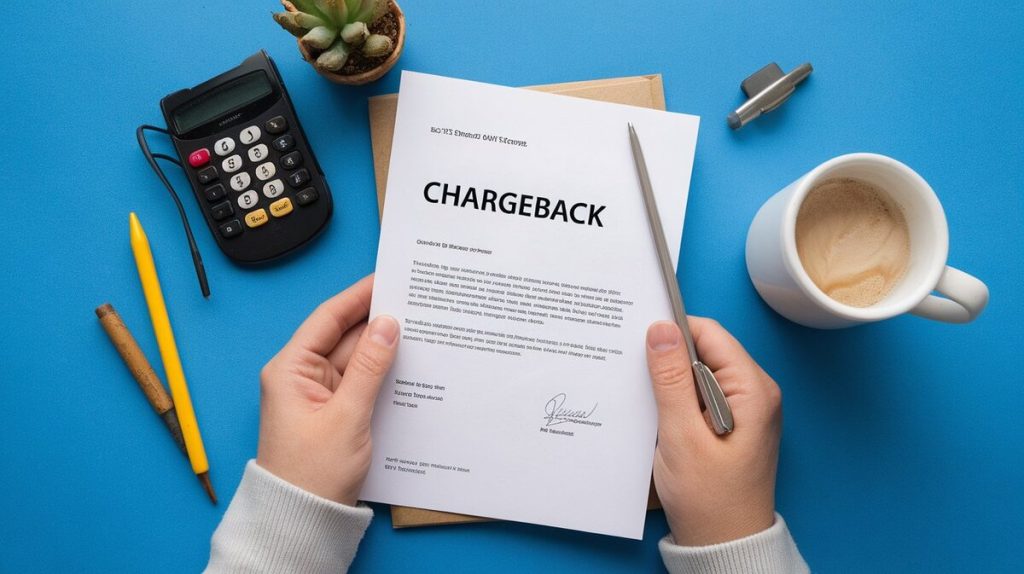Chargebacks present a significant challenge in e-commerce and retail, leading to revenue loss, strained customer relationships, and potential penalties from payment processors. Writing a clear, effective chargeback letter is crucial for managing disputes and protecting your business. This guide will walk you through crafting a chargeback letter, highlighting key elements, providing templates, and presenting essential data to enhance your strategy.
Introduction to Chargeback Letters
A chargeback occurs when a customer disputes a transaction and requests a refund from their bank or credit card issuer. Chargebacks can cause significant financial reversals for merchants. Reports indicate that chargebacks cost merchants over $31 billion annually, underscoring the need for effective communication and dispute management.
The Role of Chargeback Letters
Chargeback letters serve as the primary communication tool between the merchant and the customer regarding a disputed transaction. A well-crafted letter can:
- Clarify transaction details.
- Resolve misunderstandings.
- Maintain a positive customer relationship.
Key Elements of an Effective Chargeback Letter
Writing a chargeback letter requires precision and clarity to ensure effective communication.
1. Collect Necessary Information
Gather all relevant transaction details before drafting your letter:
- Transaction Date: The exact date of the disputed transaction.
- Transaction Amount: The total amount involved.
- Product/Service Description: A detailed description of the product or service purchased.
- Customer Information: Include the customer’s full name and contact information.
These details are crucial for addressing the customer’s concerns accurately.
2. Use Clear and Direct Language
Avoid jargon and technical terms that could confuse the customer. Be transparent and concise in explaining the issue. For example, directly state the transaction details and reason for the chargeback.
3. Maintain a Professional Tone
Keep the tone of the letter professional and neutral. Acknowledge any inconvenience caused to the customer and express your intent to resolve the matter.
4. Outline Next Steps
Provide clear instructions for the customer on how to proceed. This could involve offering a refund, requesting additional information, or guiding them on how to contact their bank.
5. Include Contact Information
Provide your contact details to allow the customer to reach you directly for further assistance.

Sample Chargeback Letter Template
Here is a streamlined template incorporating the key elements discussed:
Subject: Chargeback on [Date] – Resolution Steps
Dear [Customer Name],
We noticed a chargeback on your account regarding the transaction dated [Transaction Date]. We are committed to resolving this promptly.
Here are the transaction details:
- Transaction Date: [Date]
- Amount: [Amount]
- Description: [Product/Service Description]
We want to understand the reason behind the chargeback. If the chargeback is due to an error on our part, we will resolve it swiftly.
Please contact me directly at [Your Contact Information] for any clarification. We aim to ensure your complete satisfaction and are here to assist.
Best regards,
[Your Name][Your Position]
[Your Contact Information]
Common Mistakes to Avoid
Avoiding common errors can significantly improve the effectiveness of your chargeback letter.
1. Omitting Key Details
Ensure that every relevant transaction detail is included to avoid confusion and delays in resolving the dispute.
2. Using an Aggressive Tone
A confrontational tone can escalate the situation. Maintain a calm, professional, and neutral tone.
3. Delayed Responses
Respond promptly to prevent escalation. Delayed responses can result in unresolved disputes and penalties from payment processors.

Data Insights: The Impact of Chargebacks on Merchants
Understanding the impact of chargebacks can help you manage disputes strategically. The table below highlights key statistics about chargebacks and their financial implications:
| Metric | Value | Source |
|---|---|---|
| Global Chargeback Costs (2021) | $31 Billion | Javelin Strategy & Research |
| Average Chargeback Cost Per Case | $190 | Chargeback.com |
| Percentage of False Chargebacks | 86% | Merchant Risk Council |
| Merchant Accounts Closed Due to Chargebacks | 1 in 5 | Visa Merchant Data Processing |
Key Point: Chargebacks are not just a financial burden but also a risk to the sustainability of merchant accounts. Implementing strong chargeback prevention strategies and maintaining a low chargeback ratio are critical to avoiding penalties or account closures.
Partner with Industry Leaders
To reduce the risk of chargebacks, consider partnering with industry leaders. Merchanto.org, an official partner of VISA and MasterCard in the chargeback prevention sector, offers advanced solutions to protect businesses from fraudulent disputes. Explore their services at Merchanto.org.
Final Tips for Writing Chargeback Letters
1. Personalize the Letter
Tailor the content of your letter to each chargeback case. Personalization demonstrates that you value the customer and are committed to resolving the issue.
2. Respond Quickly
Timely responses prevent disputes from escalating. Aim to reply within 24-48 hours of receiving a chargeback notice.
3. Keep Documentation
Document all communications related to the chargeback, including the initial transaction, customer correspondence, and your response. This documentation is vital if the dispute escalates.
4. Use Supporting Data
Include data or evidence to support your case. For example, provide tracking information or delivery confirmation if the customer claims they did not receive the product.
Conclusion
Chargebacks are a significant challenge for merchants, but with a clear and direct approach, they can be managed effectively. Follow the steps outlined in this guide to draft chargeback letters that are concise, professional, and effective in resolving disputes. Use data to support your position, maintain a professional tone, and respond promptly to protect your business from the financial and reputational damage caused by chargebacks.
Additional Data Tables
Below are additional data tables providing insights into chargebacks and strategies for reducing them:
Table 2: Chargeback Reasons and Merchant Liabilities
| Chargeback Reason | Percentage of Total Chargebacks | Merchant Liability |
|---|---|---|
| Fraudulent Transactions | 58% | Full liability |
| Unrecognized Transactions | 22% | Shared with banks |
| Product/Service Not Received | 12% | Merchant responsibility |
| Duplicate Transactions | 5% | Merchant responsibility |
| Others | 3% | Varies |
Table 3: Strategies for Reducing Chargeback Ratios
| Strategy | Impact on Chargeback Ratio | Implementation Cost |
|---|---|---|
| Enhanced Customer Communication | 40% Reduction | Low |
| Stronger Authentication Measures | 35% Reduction | Medium |
| Clear Return and Refund Policies | 25% Reduction | Low |
| Chargeback Alerts and Notifications | 20% Reduction | Medium |
| Regular Fraud Monitoring | 30% Reduction | High |



